Not all abundant growth on your apple tree is a good thing. You might look out one day and see lots of new growth and think something positive is happening.
It’s easy to mistake the bunches of new branches that are emerging as a sign that your tree is vigorous and happy, but this sight can actually be quite the opposite.
If your apple is growing water sprouts, they need to be removed as soon as possible to keep it in its best and most productive shape.
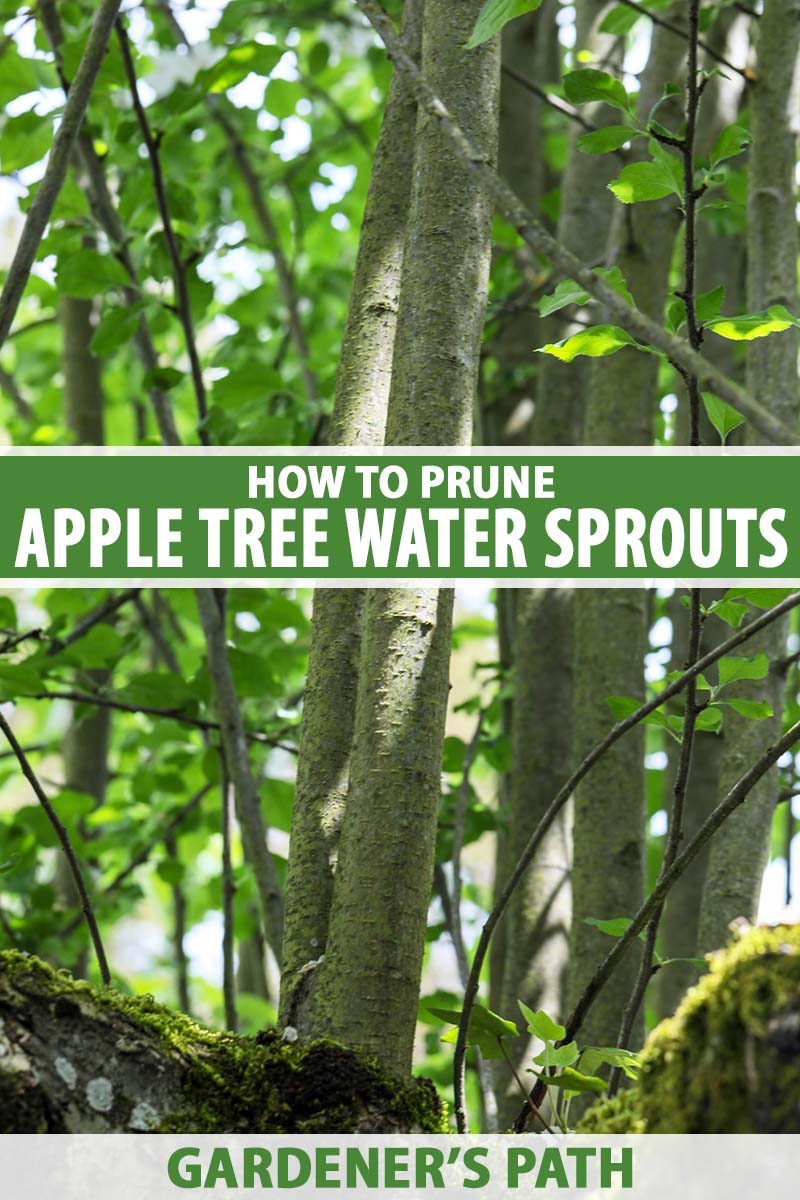
We link to vendors to help you find relevant products. If you buy from one of our links, we may earn a commission.
Water sprouts are branches that a tree sends out when it’s stressed. This can be caused by things like drought, trauma, or over-pruning.
When they pop up, you need to do two things: remove them right away, and figure out what the heck caused them in the first place.
Coming right up, we’ll explain how to do both. Here’s what you can expect in this guide:
What You’ll Learn
While water sprouts are never a good thing on any species, they are especially bad on apples because they can dramatically reduce fruit production.
If you’re eager to get rid of these baddies, let’s pull out those pruners and get to work.
What Are Water Sprouts?
Apples have dormant buds along the trunk and branches. It’s from these dormant buds that water sprouts will emerge.
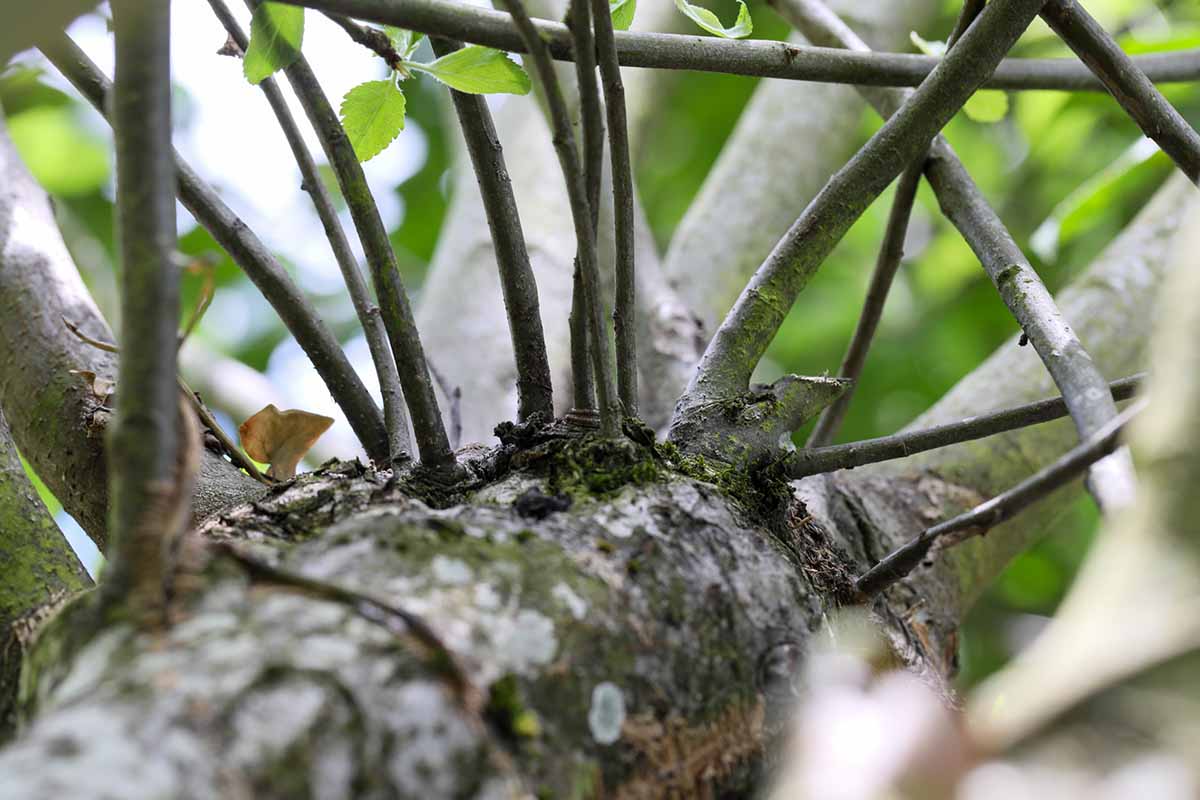
These usually develop when the tree is stressed in some way, because the plant is looking for a way to produce quick nutrients.
But because these growths are intended as a short-term solution, they aren’t ideal for the long-term health of the specimen if left in place.
That’s because they aren’t attached as strongly as a permanent branch, and they aren’t as productive. Basically, these growths are there to provide space for more leaves to grow to help feed the tree.
The kind of stress that causes this reaction can come in the form of heavy pruning, a pest infestation, drought, compacted soil, trauma, and other factors.
Basically, anything that harms the tree in some way can result in these new growths forming.
Water sprouts are different from shoots, which emerge from the roots or the trunk below a bud graft.
Shoots and water sprouts are very similar in that they are growths intended to help the tree survive. They just appear on different parts of the plant.
How to Identify Water Sprouts
Water spouts grow straight and upright from a bud on the branch or trunk, whereas typical branches tend to grow outwards or at a slight angle.
They also appear in clusters, emerging out of the same bud.
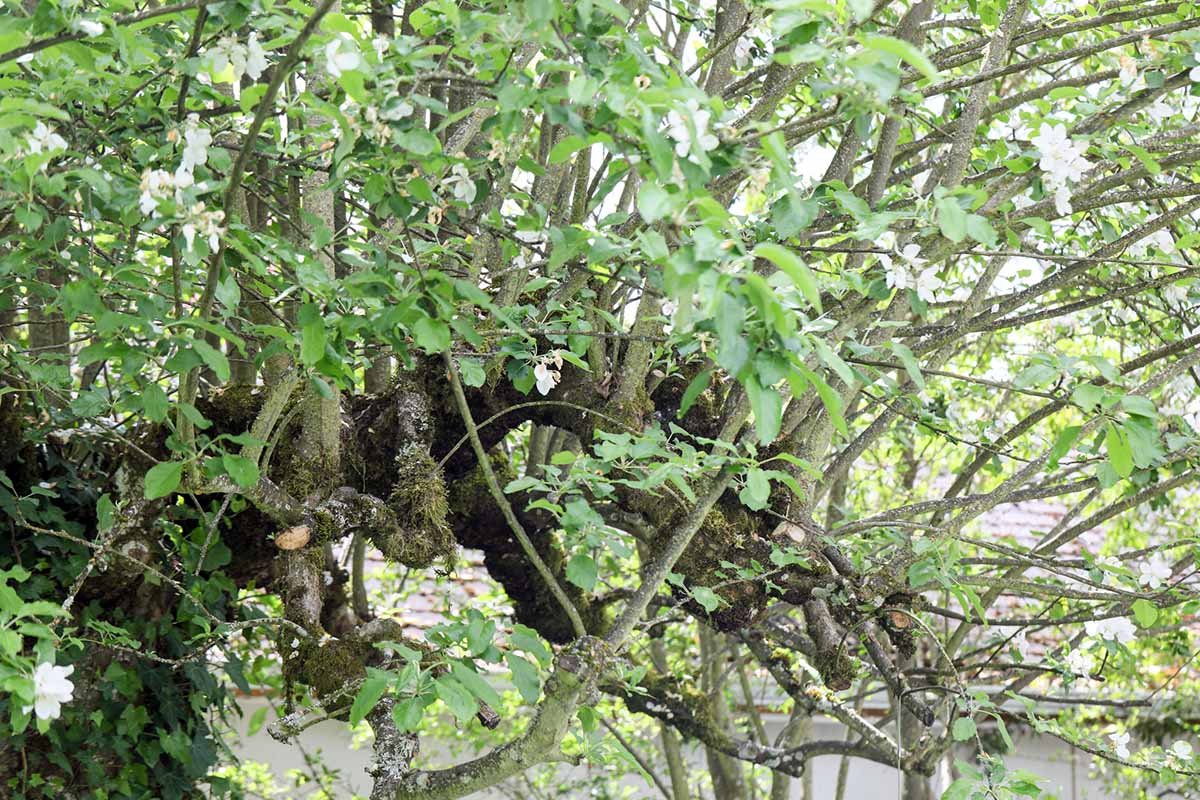
If you observe your affected apples, you’ll often notice that these grow much quicker than standard branches.
Typically, these growths lack the rough bark and craggy shape of typical branches. The bark tends to be smoother and they grow in groups.
Finally, apples usually send out new growth in the spring, but water sprouts can pop up at any time of year, except when the trees are dormant.
Once you know how to identify water sprouts on your apple, it’s easy to pick them out in the future. They have a pretty distinct look.
Why Should They Be Removed?
The problem with water sprouts is that they drain the tree of energy over the long term, they’re weak and prone to breakage, and young ones don’t produce fruit.
Water sprouts have a weaker attachment to the tree, which means they break off more easily. As you can imagine, that spells disaster for a branch laden with big, juicy apples.

These broken areas can leave the plant more susceptible to disease and pests as well.
Eventually, these growths can form a more secure attachment, but it takes time and some careful pruning.
On top of all that, these sprouts crowd out the crown, reducing overall vigor, and they just look downright ugly.
Back in the day, “topping” a tree was considered an effective way to re-energize a neglected plant.
Today, we know that topped specimens tend to produce masses of weak water sprouts, and the trees tend to be weakened overall, and more susceptible to infection or infestation.
I bought a home with a small orchard, and all the fruit trees had been topped. They were covered in masses of weak water sprouts. If you end up in a similar situation, don’t fret.
It will take some work over several years, but you’ll be able to redevelop a healthy crown.
In this case, you won’t be removing all the water sprouts. you will leave some in place to grow and become the new healthy branches. But normally, you want to take off any that appear.
How to Remove Water Sprouts
Most pruning should be done during the dormant season, but with water sprouts, you should remove them any time you see them forming.
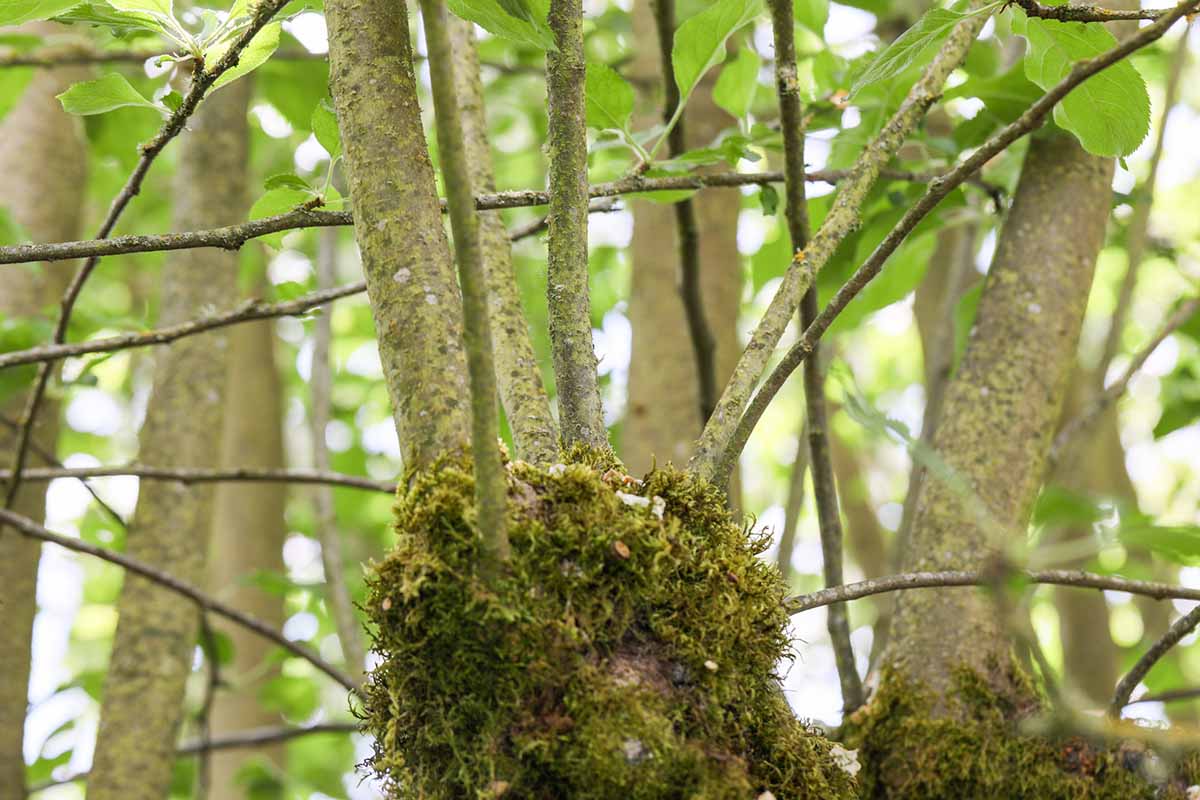
However, if you are working with a tree that has been neglected, and that has a lot of growth to get rid of, it’s best to try to do the majority of your pruning during the dormant season in late fall, winter, or very early spring.
The first thing to keep in mind is that you shouldn’t remove too many all at once. If you do, it will stress the tree, and you know what happens then. Yep! More water sprouts.
Instead, thin them out gradually. Removing six or so from a branch is no big deal, but if you have a dozen or more, don’t remove more than a third of the growths at one time.
Space the remaining sprouts out as much as possible.
If you must retain some sprouts, as happens when a tree has been topped, look for those that naturally grow outwards rather than up or those that you might secure to another branch to train in an outward direction. You can also shorten a sprout back to a leaf bud to make it stronger.
To prune a water sprout, cut it flush to the branch that it is emerging from using a saw, clippers, or pruners.
I know it’s tempting to seal or dress the wound, but don’t. Doing that is more outdated advice.
Your specimen will produce sap at the site of the wound that will help it to protect itself – no need for interference from us.
Maintenance
Once you remove your water spouts, it doesn’t mean that you can sit back and relax. Now is the time for vigilance.
You also have to figure out what caused the weak growths in the first place. Otherwise, you’re just going to be fighting a never-ending battle.
If the growths were caused by topping, you will always have to remove these sprouts moving forward.
There’s just nothing you can do about it in terms of a permanent solution at this point. The tree has been traumatized to the point where it will perpetually be prone to this kind of growth.
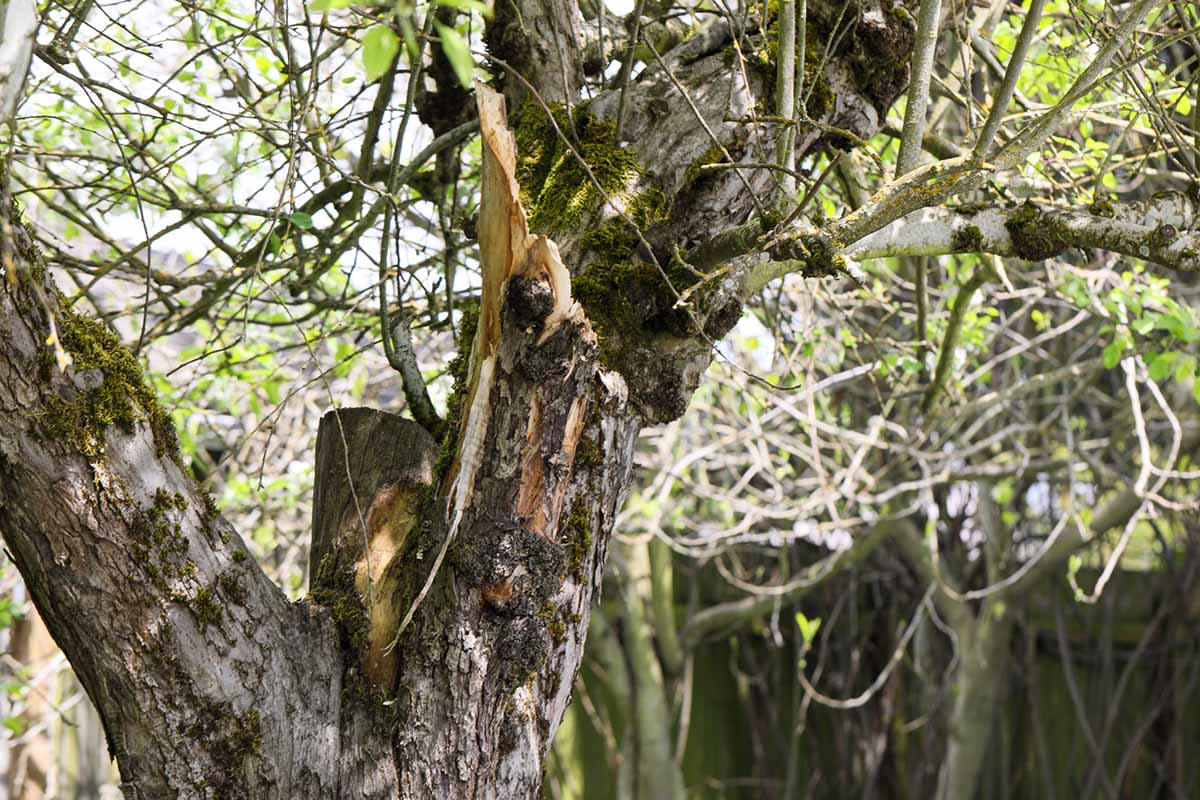
But if they were caused by trauma from insect damage, less harsh pruning, or something similar that may be more subtle, you need to fix the underlying cause.
Look at the soil and roots. Has there been any root loss? Is the soil compacted? Look at your pruning techniques. Is the ground getting enough water? Do you see any signs of pests or disease? Have any branches suffered from damage?
Once you figure out what the cause of these unwanted growths is, take the necessary steps to go about fixing it. It will take a few years for the tree to stop sending out these types of branches, but eventually, everything will return to normal.
For the first few years after fixing the problem, continue to remove any more that pop up. Watch for any young ones that are developing and rub or snap them off before they become large enough that you need to prune them.
Now, it’s time for the hard conversation: Sometimes conditions don’t improve, and you have to consider whether a tree is worth keeping around.
I know it’s heartbreaking to remove something that has been growing since perhaps before you were born, but sometimes a tree becomes more of a liability than an asset.
If it continues to produce these branches despite your best efforts, and you notice existing true branches in the canopy dying, it’s likely that your specimen is unhealthy and might be on its way out.
Trees like this often develop rot in the roots and heartwood, and end up toppling.
That’s why sometimes it’s better to remove the tree rather than try and save one that could end up damaging property or even hurting someone.
Generally, apple trees live to be about 50 years old, and that’s when they stop producing. They may live a few decades longer, but fruit production will be drastically reduced if they produce at all.

Rarely, some might continue producing for a few more years, but it’s not common.
If your tree is nearing half a century old, and it’s suffering from dieback and is sending out lots of water sprouts, it might be time to send your tree to the great orchard in the sky.
Sometimes, if you notice the early stages of decline, which include a dramatic increase in the number of water sprouts, you can plant another apple nearby and give it a few years to mature before you remove the older tree.
That way, you won’t have to live without your favorite fresh apples.
Water Sprouts Are an Ugly Problem
Water sprouts are ugly, and they take some time to deal with. But let’s be honest, you could be facing much bigger challenges with your apple trees. Two words: fire blight.
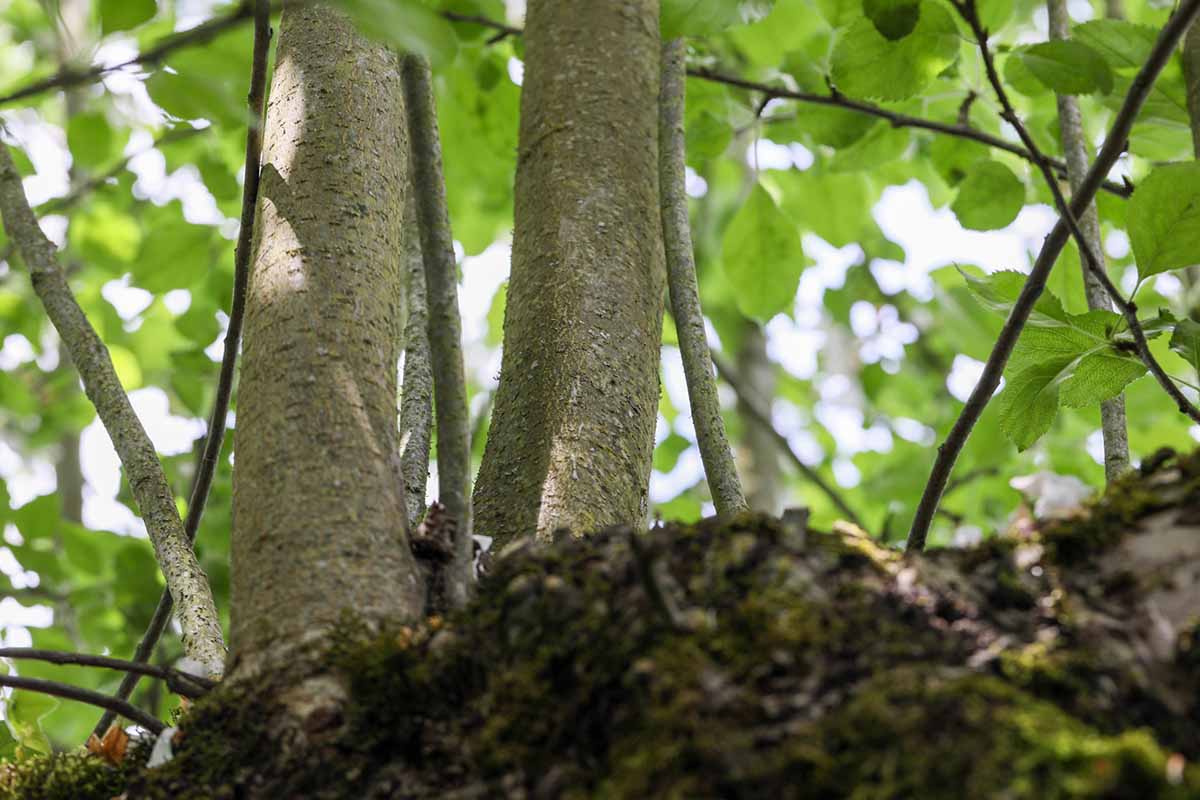
Catch them early, remove them quickly, and figure out what was causing them in the first place, and everything will be fine in the end.
So what was causing your tree to send out these weak branches? Some bad pruning? A lightning strike? Has the soil compacted over time? Fill us in on your journey in the comments.
Want to know more about living with and caring for apple trees? Maybe you’re wondering what to do with the harvest? Or how to keep them as healthy as possible? You might find these guides useful: